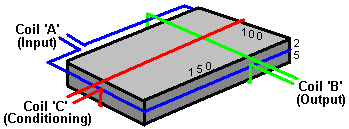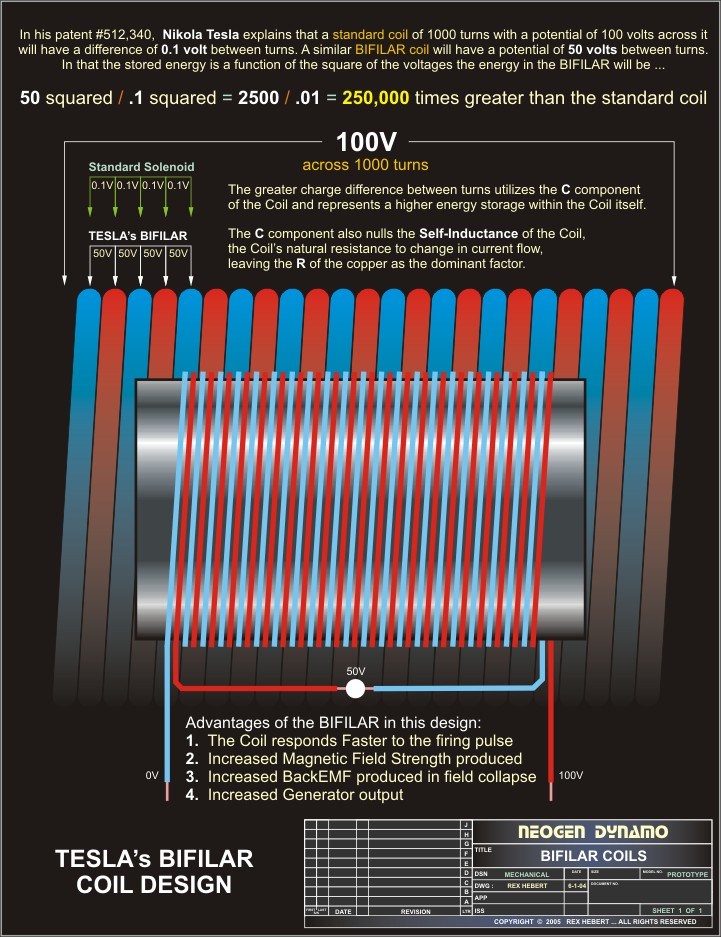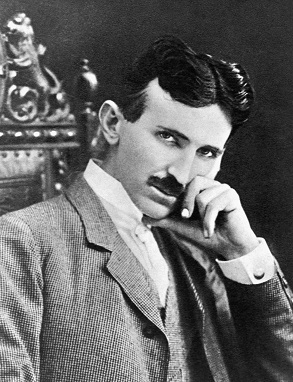Prometheus
posted this
13 September 2018
- Last edited 13 September 2018
Hi, Chris and cd_sharp. Thank you for your comments.
My initial thinking was that which was explicated in the video you provided, that a uniform magnetic field would not induce a current unless a differential of the magnetic flux across the coil was present over time. So a non-conditioned magnet wouldn't work.

So I got to thinking about the underlying mechanics of the right-angle B and C coils and their effects upon the magnetic domains in the permanent magnet during conditioning (as described by the presenter in the video of my original post).
The A coil would provide a 'bias' to the permanent magnet's magnetic field so complete demagnetization of the permanent magnet wouldn't occur during conditioning. It's been said that the voltage to the B and C coils must be initiated at the exact moment that the 60Hz AC waveform of the A coil peaks.
The B and C coils (in electrical parallel and at right-angles to each other) would 'cant' the domains within the permanent magnet, thereby focusing the magnetic flux at those points where the B and C coils intersect, in a three-dimensional shape for each intersection (so the domains would look somewhat like a cone).
In this way, one breaks up the uniform magnetic field of a non-conditioned magnet into a plethora of smaller 'flux points'. The small size of each 'flux point' means there is inherently a flux differential across the wire in the B and C coils any time the 'flux points' undergo translation (movement) by even a small amount.
The canting of the domains focuses the magnetic flux at each intersection of the wires of the B and C coils, giving a strong magnetic field at each 'flux point' without adversely affecting the magnet's internal energy (and thereby forcing it to unpin and flip some domains to minimize the magnet's internal energy).
The cone shape of the canted domains means that each 'flux point' is emitting magnetic flux which is positionally unstable and thus easily translated (moved).
In this way, one achieves a high magnetic flux right at the exact points where it is needed to induce current flow, and the ability to easily shift that flux with a very small input.
So in effect, Floyd Sweet created a version of a Beardon or Gunderson or Flynn Motional-EMF generator, but with a plethora of very tiny 'flux points' all focusing magnetic flux onto the coil wire. This might be why Sweet's device was so persnickety... move the wires even a tiny bit (and they'd constantly be trying to move under the magnetic forces anyway, so they'd have to literally be glued in place) and everything is thrown out of alignment, requiring reconditioning.
That's my theory, anyway...



-sitting-on-top-of-the-vta---demo-2.jpg?width=690&upscale=false)








